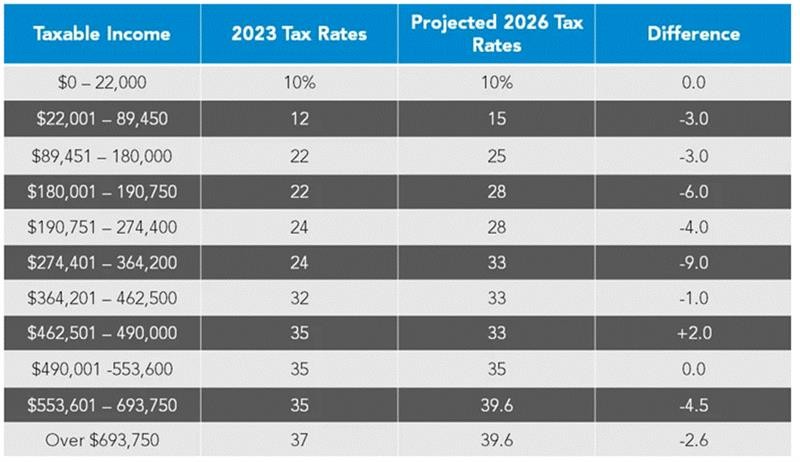Tax Policy Changes in 2025 and Their Effect on Markets

Nicholas Benzor
Principal Planner and Chief Executive Officer
Benzor Capital Wealth
In 2025, tax policy remains a critical factor influencing market dynamics. Two key areas to monitor are the potential extension of the Tax Cuts and Jobs Act (TCJA) of 2017 and ongoing discussions surrounding the State and Local Tax (SALT) deduction cap. Additionally, the scheduled sunset of key TCJA provisions at the end of 2025 poses significant implications for federal income tax, corporate tax, dividend tax, and capital gains tax structures. These developments are expected to influence investor behavior, corporate strategies, and broader economic conditions.
1. TCJA 2017 Extension and Sunset
The TCJA introduced sweeping changes to the U.S. tax system, including reductions in individual and corporate tax rates, an increase in the standard deduction, and other pro-growth measures. However, many of these provisions are set to expire at the end of 2025 if not extended, resulting in significant tax changes across multiple categories.
Federal Income Tax
Individual income tax brackets are scheduled to revert to pre-2018 levels, resulting in higher marginal tax rates for most taxpayers. For example, the top tax rate would increase from 37% to 39.6%. This change could reduce disposable income for households, potentially curbing consumer spending and economic growth.
Dividend Tax
Corporate Taxes
Capital Gains Taxes
Market Impact
2. SALT Deduction Cap
The SALT deduction cap, which limits the deductibility of state and local taxes to $10,000, has been a contentious issue, particularly in high-tax states. In 2025, discussions about adjusting or eliminating this cap could have significant regional and national implications.
Market Impact


